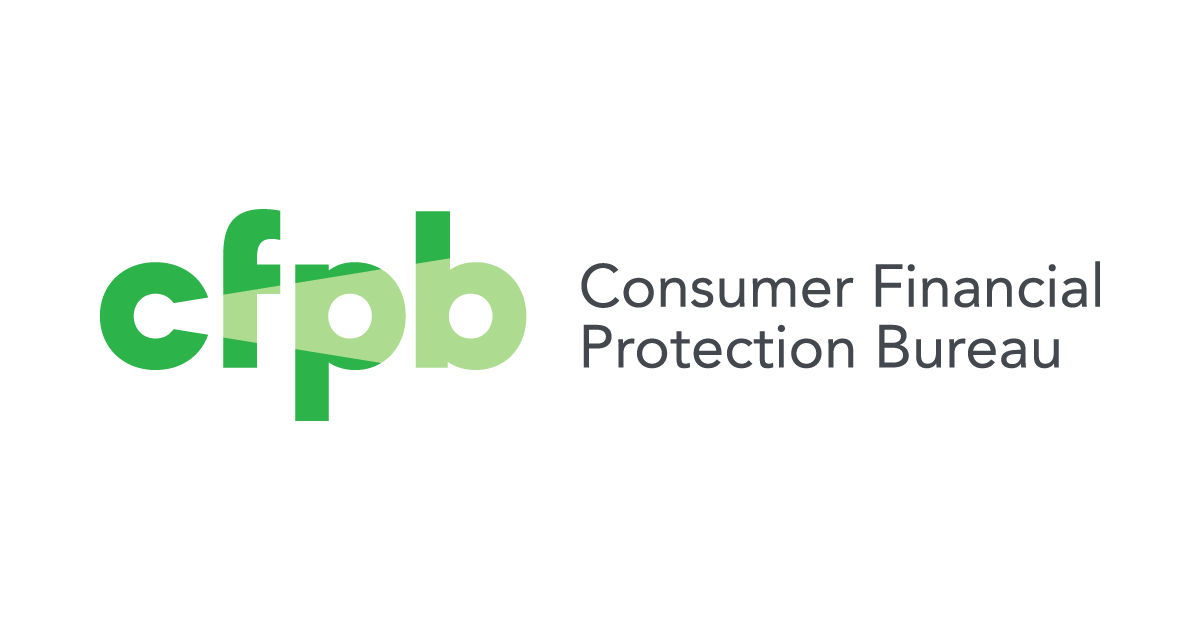WASHINGTON, D.C. – The Consumer Financial Protection Bureau (Bureau) today took steps to facilitate the transition away from LIBOR for consumers and regulated entities. The Bureau released an updated Consumer Handbook on Adjustable Rate Mortgages (CHARM) to help consumers better understand adjustable rate mortgage loan products. The Bureau also released a Notice of Proposed Rulemaking (NPRM) concerning the anticipated discontinuation of LIBOR, including proposing examples of replacement indices that meet Regulation Z standards. Additionally, the Bureau is issuing guidance (FAQs) on other important LIBOR transition topics that do not require amendments to Regulation Z.
The CHARM booklet is intended to provide information to consumers about the features and risks of adjustable rate mortgage loans. Creditors must provide the disclosure or a suitable substitute generally no later than three days following certain ARM applications.
The Bureau consumer-tested draft versions of the handbook, finding that a fixed-rate and adjustable rate mortgage comparison table is an important feature for consumers, and that fewer pages and enhanced design elements make it more visually appealing. The number of pages was reduced from 41 to 21. The updated booklet also removes references to the LIBOR benchmark index.
Interest rates on certain financial products, including some mortgages, credits cards, home equity lines of credit, reverse mortgages, and student loans, rely on LIBOR as the benchmark index to determine the interest rate that consumers will pay. To prepare for the anticipated discontinuation of LIBOR, financial institutions have been developing plans for the transition to replacement indices for new and existing loans that use the LIBOR index.
In the NPRM, the Bureau is proposing examples of replacement indices for LIBOR for open-end products that meet Regulation Z standards. The Bureau proposes to permit creditors for home equity lines of credit (HELOCs) and credit card issuers to replace a LIBOR index with a replacement index on or after March 15, 2021, if certain conditions are met. Under the proposal, creditors and issuers may select a replacement index that is newly established and has no history; or is not newly established and has a history, if certain conditions are met. Creditors and issuers must ensure that the rate calculated using the replacement index is substantially similar to the rate using the LIBOR index.
To ensure that consumers know how the variable rates will be determined after the LIBOR index is replaced, the NPRM proposes to revise change-in-terms notice requirements for HELOCs and credit card accounts.
For closed-end credit provisions, the NPRM proposes to identify specific indices as an example of a comparable index for the LIBOR index that will be replaced. In the NPRM, the SOFR-based spread adjusted indices recommended by the Alternative Reference Rates Committee are proposed as an example of a comparable index.
The NPRM will be open for public comments until August 4, 2020.
The CHARM booklet can be found here: https://files.consumerfinance.gov/f/documents/cfpb_charm_booklet.pdf
View the Proposed Amendments to Regulation Z
View the Notice and Opportunities to Comment
LIBOR transition FAQs can be found here:
The Consumer Financial Protection Bureau (CFPB) is a 21st century agency that helps consumer finance markets work by making rules more effective, by consistently and fairly enforcing those rules, and by empowering consumers to take more control over their economic lives. For more information, visit www.consumerfinance.gov.
Official news published at https://www.consumerfinance.gov/about-us/newsroom/cfpb-facilitates-libor-transition/
Images courtesy of PixaBay
The post CFPB Takes Steps to Facilitate LIBOR Transition first appeared on RSVTV news.
originally published at Finance - RSVTV news

